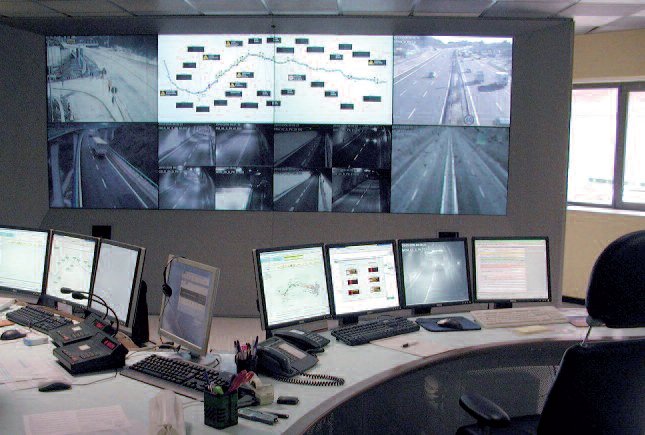Job Alert: Junior Transportation Analyst – Cambridge Systematics @ Bethesda, MD
via YIPPS
We are seeking a Transportation Analyst with at least a year of previous work experience for transportation planning and policy work in the Mid Atlantic and with clients throughout the U.S. The Transportation Analyst will work under the general supervision of a Project Manager on assignments such as transit planning, financial analysis, traffic and revenue analysis, economic and socioeconomic analysis, performance management, asset management, and/or environmental analysis (energy, air quality, and climate change). The position provides the opportunity for direct client interaction, and the potential for rapid merit-based advancement. Candidates must work well as part of a project team, pay attention to detail and accuracy, and exhibit self-motivation and independent problem solving skills. Candidates must also possess strong quantitative and interpretive abilities, strong writing skills, and proficiency in Excel and GIS. Experience with data analysis software (e.g., SAS, SPSS), travel demand models, or other transportation and economic impact software is a plus.
Cambridge Systematics is a place where individuals are able to grow and develop both personally and professionally. When you come to work for us, you’ll be joining an independent, employee-owned company, recognized nationally and internationally. Through our world class on boarding process, new hires receive introductory training from our staff subject matter experts. Ongoing learning and knowledge sharing is a hallmark of our culture and our pursuit of excellence. Through our professional development opportunities, staff can branch out into several different career paths. In addition, we offer competitive salaries and superior benefits.
Qualifications:
- Bachelor’s degree in Engineering, Planning, Economics, Public Policy or a related field; Master’s degree is preferred;
- Evidence of strong oral and written communications skills;
- Proven experience with spreadsheet/database management and usage.
Contact Info/How to Apply:
Qualified candidates please apply at https://home.eease.adp.com/recruit/?id=6557181

